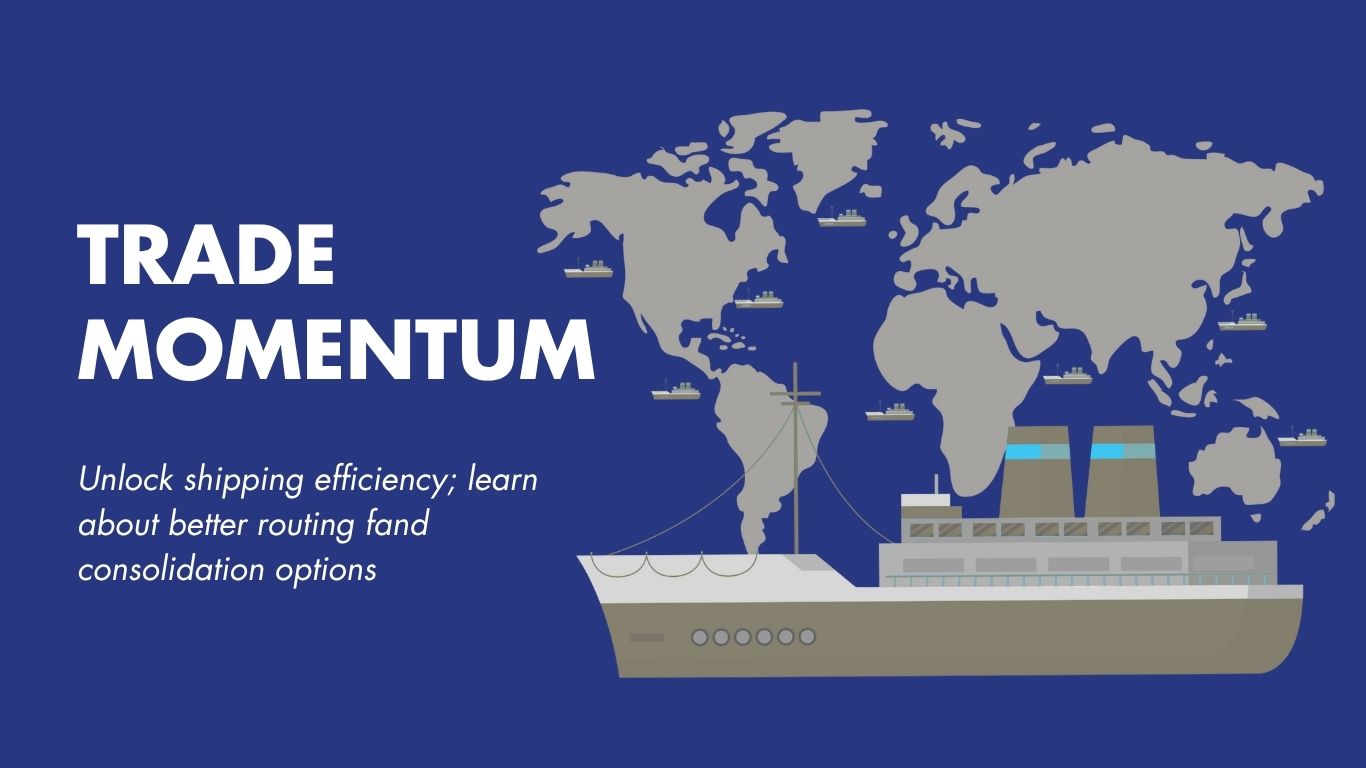International shipping just turned a page.
After a year of dramatic rerouting and rising freight volatility, vessel traffic through the Suez Canal is showing clear signs of recovery — and that’s important news for exporters, importers and freight forwarders who rely on predictable transit times and competitive rates. Given the upcoming yearend shipment surge, here’s what you need to know for shipping to/from India, and how international shipping services map to the new landscape.
What’s happening right now
- The Suez Canal Authority (SCA) has been actively engaging shipping lines and encouraging ships to return to the canal — October saw a notable increase in transits as some carriers trialed re-routing back through the Suez. The SCA has also offered incentives and trial transits to rebuild confidence.
- Egypt reports rising Suez revenues and a pick-up in traffic as regional tensions ease, a sign the route is regaining commercial traction after last year’s disruption. That matters because more traffic through Suez shortens voyages between Asia and Europe compared with the Cape of Good Hope detour.
- At the same time, ocean freight markets remain dynamic: carriers’ earnings and container rates are reacting to demand, rerouting costs and seasonal shifts — meaning spot rates and contract negotiations are still an active part of shipping planning.
Why this matters to exporters and importers from India
- Shorter transit times returning — If mega-vessels increasingly use Suez again, Asia–Europe transit times shorten, reducing inventory lead times and potentially lowering in-transit costs for time-sensitive cargo. That helps suppliers manage working capital and retailers fill shelves faster.
- Freight-rate volatility will persist — Even with Suez re-opening gradually, freight rates can move quickly in response to carrier capacity decisions and market sentiment. Shippers should hedge where possible — a mix of spot/contract strategies and flexible routing options keeps cost and schedule risk balanced.
- Insurance & risk premiums may shift — As routes change back, insurers and P&I clubs will adjust premiums for transits; some lines may still prefer the Cape until commercial certainty is sustained. That’s a cost element to factor into landed cost calculations.
- Port calls and transshipment windows — Restoring Suez traffic affects port rotations and transshipment patterns. Forwarders and NVOCCs will update schedules; exporters should confirm ETA windows earlier in their planning cycles.
The wider picture — regulations and decarbonisation
Shipping isn’t only about routes. The industry is navigating tighter climate rules and investment cycles (clean fuels, green ammonia/methanol projects and new IMO frameworks). These regulatory and technology shifts will influence fuel surcharges, vessel choices and service levels over the medium term — another factor to include when choosing long-term carriers and partners. IMO+1
Understanding the Role of International Shipping in Global Trade
How Shree Maruti’s International Services help you navigate this recovery
- FCL / LCL Consolidation & Flexible Routing — When Suez is uncertain, being able to switch between FCL and LCL or consolidate shipments for alternative sailings reduces exposure to single-route disruption. Shree Maruti’s consolidation and NVOCC services make multi-option routing practical and cost-effective. (See: FCL / LCL services on your International offering.)
- Customs clearance & documentation — Faster canal transits mean tighter connection windows. Shree Maruti’s customs and documentation support reduces dwell time at origin and destination, preserving new time savings delivered by Suez reopenings.
- Cargo insurance & risk advisory — With route shifts and insurer pricing changes, Shree Maruti can advise on appropriate insurance cover (war risk, P&I endorsements) and cost impacts so shippers don’t face surprises.
- Project & special cargo handling — Mega-ships returning to Suez means capacity for large project cargo will normalize. Your capability to handle heavy lift and OOG shipments positions clients to exploit improved routing for oversized consignments.
- Real-time tracking & communication — The market will remain nimble; forwarders that provide live ETA updates and proactive alerts allow clients to react fast when carriers change rotation or routing.
Practical next steps for shippers
- Review your contract windows: consider short-term tendering to capture current market depth.
- Ask your forwarder about alternate routings and consolidation options for contingency.
- Factor IMO fuel/regulatory impacts into 2026 logistics budgets if you have regular Europe or North America sailings.
Bottom line
The Suez Canal’s partial recovery is a net positive for international trade: quicker sailings and improved connectivity for Asia–Europe lanes. But the recovery is gradual and market volatility remains — so the smartest approach is flexibility: flexible routing, blended contract strategies and a forwarder that offers robust consolidation, customs expertise and risk advisory. Shree Maruti’s international services are directly relevant to this moment — helping Indian exporters and importers capture transit time gains while managing cost and insurance risks.
Practical next steps for shippers
- Review your contract windows: consider short-term tendering to capture current market depth. Drewry
- Ask your forwarder about alternate routings and consolidation options for contingency. Shree Maruti
- Recalculate insurance and war-risk premiums for Suez vs Cape routing. Seatrade Maritime News
- Factor IMO fuel/regulatory impacts into 2026 logistics budgets if you have regular Europe or North America sailings. IMO
Bottom line
The Suez Canal’s partial recovery is a net positive for international trade: quicker sailings and improved connectivity for Asia–Europe lanes. But the recovery is gradual and market volatility remains — so the smartest approach is flexibility: flexible routing, blended contract strategies and a forwarder that offers robust consolidation, customs expertise and risk advisory.
Shree Maruti’s international services are directly relevant to this moment — helping Indian exporters and importers capture transit time gains while managing cost and insurance risks.
FAQs
SMILe International Shipping services provide you with a real-time tracking option so that you always know where your parcel is and its route.
With International Shipping, you can enjoy delivery to 220+ countries.
Yes, SMILe does offer excellent door-to-door services.

